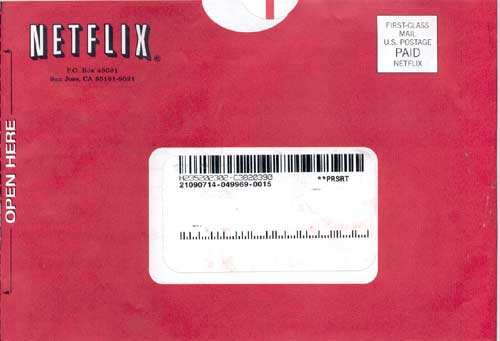How innovative will The Weinstein Company be?
No one denies the Weinsteins' talent, not after 800 movies, 53 Oscars and $4.5 billion in ticket sales, but it is hard to see how they will rewrite industry rules. The Weinstein Company will seek to distribute its own films theatrically in the United States, and the investors were wooed with visions of DVD, cable, video gaming, pay-per-view and direct-to-video, but that kind of corporate engineering is a far cry from having the instincts to skim the cream at Sundance.
But here are three signs that they may have some creative ideas about distribution and/or digital production up their sleeves:
1. Mark Cuban is an investor, and he tells Carr that Harvey Weinstein "...has been a catalyst for change..."
2. They're capping budgets for their movies at $40 million. While that's still pretty high, having any sort of ceiling will enable them to make more moderately-budgeted movies - rather than fewer high-risk vanity projects. I'm always a proponent of taking more shots on goal.
3. One of the directors they're working with is Robert Rodriguez, who has been a big fan of the freedom that Miramax gave him on prior projects, like shooting "Once Upon a Time in Mexico" digitally. Rodriguez could push the Weinstein Company in challenging new directions. His next project, which he's directing with Quentin Tarantino for the Weinsteins, is `Grind House'. It starts shooting next February/March. It'll be shot digitally. Rodriguez's producer (and spouse) Elizabeth Avellan told me recently, "I think Robert will never go back to film."


























